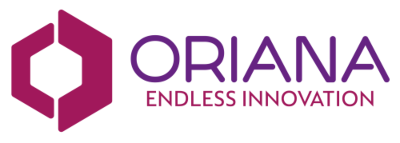In the rapidly evolving business landscape, digitalization stands as a beacon of efficiency, innovation, and competitive advantage. For those companies on top of their digitalization game , the return on investment (ROI) from digitalization projects is not just a metric—it’s a testament to their strategic prowess in transforming traditional back-office operations into powerhouses of productivity and profitability.
Understanding ROI in Digitalization
ROI in digitalization projects is measured by the cost savings and revenue enhancements generated through the implementation of digital technologies. These technologies streamline processes, reduce manual labor, and improve decision-making through data analytics. However, the true ROI extends beyond these tangible benefits, encompassing customer satisfaction, employee engagement, and long-term sustainability.
Strategies to Enhance Digitalization ROI
1. Customization:
Tailoring digital solutions to the specific needs of a business can significantly increase the value derived from digitalization. Customization ensures that the platform aligns with existing workflows, thereby enhancing adoption rates, and reducing resistance to change.
2. Integration:
Seamless integration with existing systems and third-party applications is crucial. It ensures data consistency, reduces the likelihood of silos, and enables a unified view of operations, which is vital for informed decision-making.
3. Scalability:
As businesses grow, their digitalization platforms must grow with them. Investing in scalable solutions ensures that the initial digitalization efforts continue to provide returns without the need for constant reinvestment.
4. Training and Support:
Ensuring that employees are well-versed in using the new systems is essential for maximizing ROI. Ongoing training and support can reduce downtime, enhance efficiency, and ensure that the full capabilities of the digital tools are utilized.
5. Continuous Improvement:
Digitalization is not a one-time project but an ongoing journey. Regularly assessing and upgrading digital tools in response to new technologies and changing business needs can sustain and improve ROI over time.
How to measure ROI in Digitalization?
In 2023 Deloitte surveyed 1,600 respondents about their usage of key performance indicators (KPIs) in measuring digital transformation value. They looked at 46 KPIs across five value categories: Financial, Customer / Client, Process, Workforce, and Purpose.
One of the aims of the research was to reveal where there are gaps and missing links in digital value measurement.
For more details check out Deloitte’s Mapping Digital Transformation Value Research.
Conclusion
The ROI from digitalization projects is a multifaceted measure that reflects the strategic impact of technology on business operations. For all companies, wherever they are on their digitalization journey, it is crucial to focus on customization, integration, scalability, training, and continuous improvement to unlock the full potential of digital transformation. By doing so, they not only ensure a favorable ROI but also position themselves at the forefront of operational excellence and innovation.



